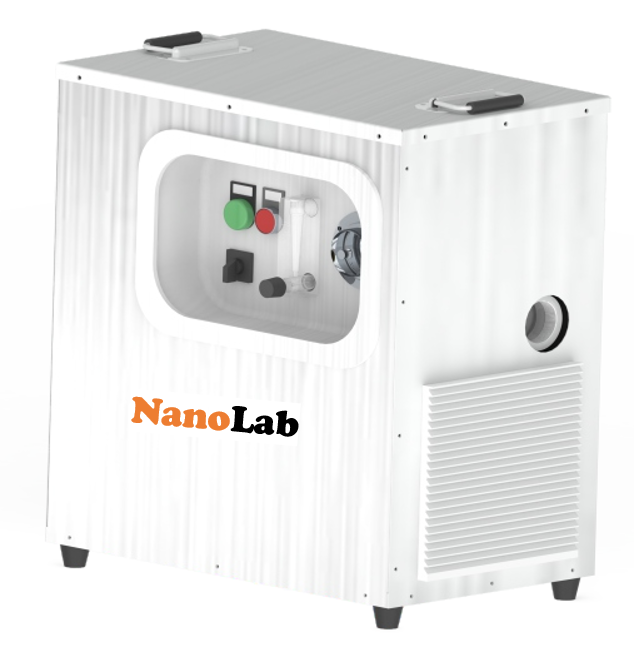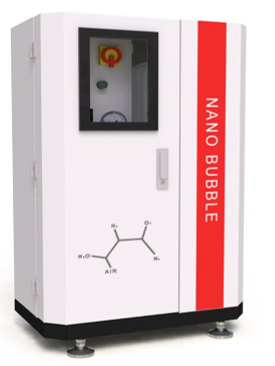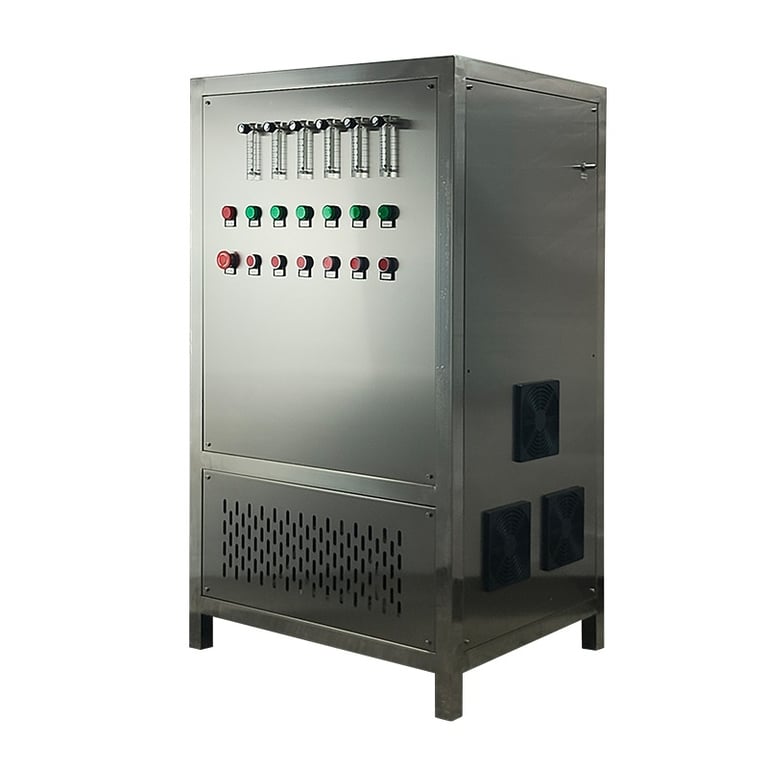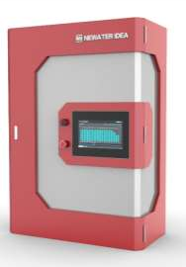
UFBLab's Nanobubble Ozone Generator
Ozone gas must be dissolved into liquid using mechanical means. This equipment can be referred to as the mass transfer equipment. Commonly the rate of ozone gas that is transferred into liquid and becomes dissolved vs the ozone gas that is wasted or off-gassed is referred to as the mass transfer ratio. UFBLab Ozone Nanobubble generator is the most efficient ozone gas dissolution equipment for your Ozone application


NanO3+ Ozone Nano Bubble Generator
Innovative applications of ozone nanobubbles for enhanced quality in various industries and environmental solutions.
Wastewater Treatment
Advanced nanobubble technology for efficient wastewater treatment, ensuring cleaner water and sustainable practices.


Disinfection & Sanitation Enhancement
Utilizing nanobubbles to improve crop yield and health, promoting sustainable agricultural practices and productivity.



APPLICATION OF OZONE NANOBUBBLES
Due to the various inherent physical properties of nanobubbles, the ability to transfer gas to liquid is very high, and thus has the following advantages.


O3Pro Series
Nanobubbles can effectively remove organic pollutants, bacteria, and other contaminants from water, resulting in cleaner and safer water for consumption and industrial use.


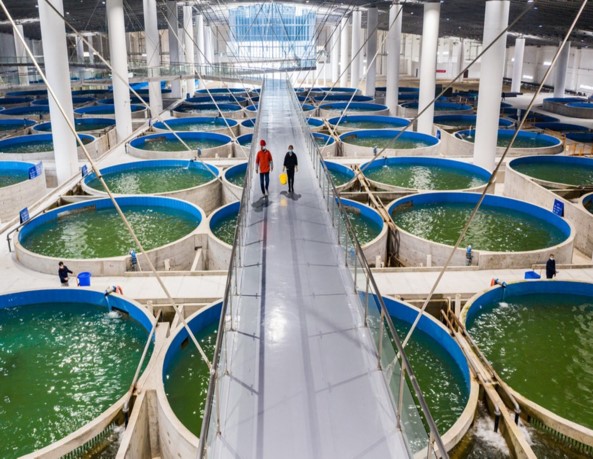



O3ZAIR
Nanobubbles can penetrate surface pores and crevices, providing a more thorough cleaning that is effective against stubborn dirt and grime. This can result in less cleaning time, less water consumption, and less need for harsh chemicals.
O3Master Series
Supplying oxygen nanobubbles to plants and aquatic organisms can improve their growth, health, and resilience. Nanobubbles can also enhance nutrient absorption, reduce the need for pesticides and other chemicals, and improve crop yields.
O3AOP
The ozone decomposes into superoxide anions (O3−) with and without the presence of salt and the higher negative zeta potential of the nanobubbles was perhaps due to the O3−. The rate of formation of O3−may be further enhanced by the high ozone flow rate of the ozone gas. The presence of chloride ions also facilitates the formation of O3−which reflects on the zeta potential
Innovation By Research
Shenton Way, Singapore
© 2024. C2C Technology Singapore Pte Ltd All rights reserved.
Company
RELATED Products
INDUSTRY NEWS



